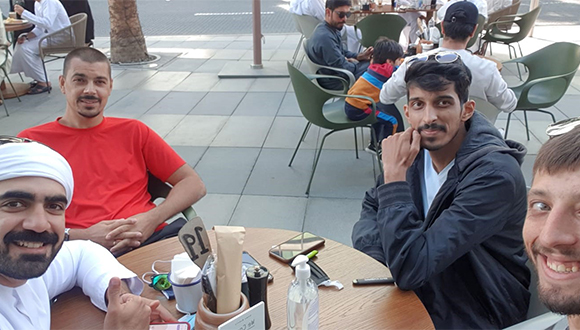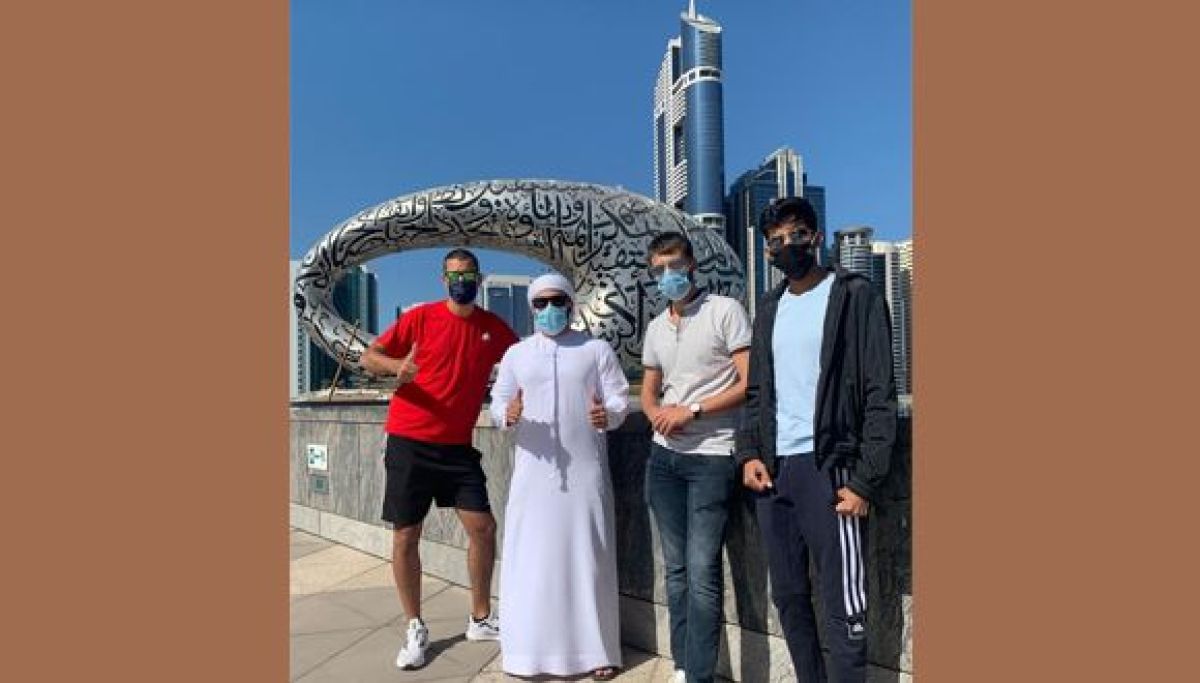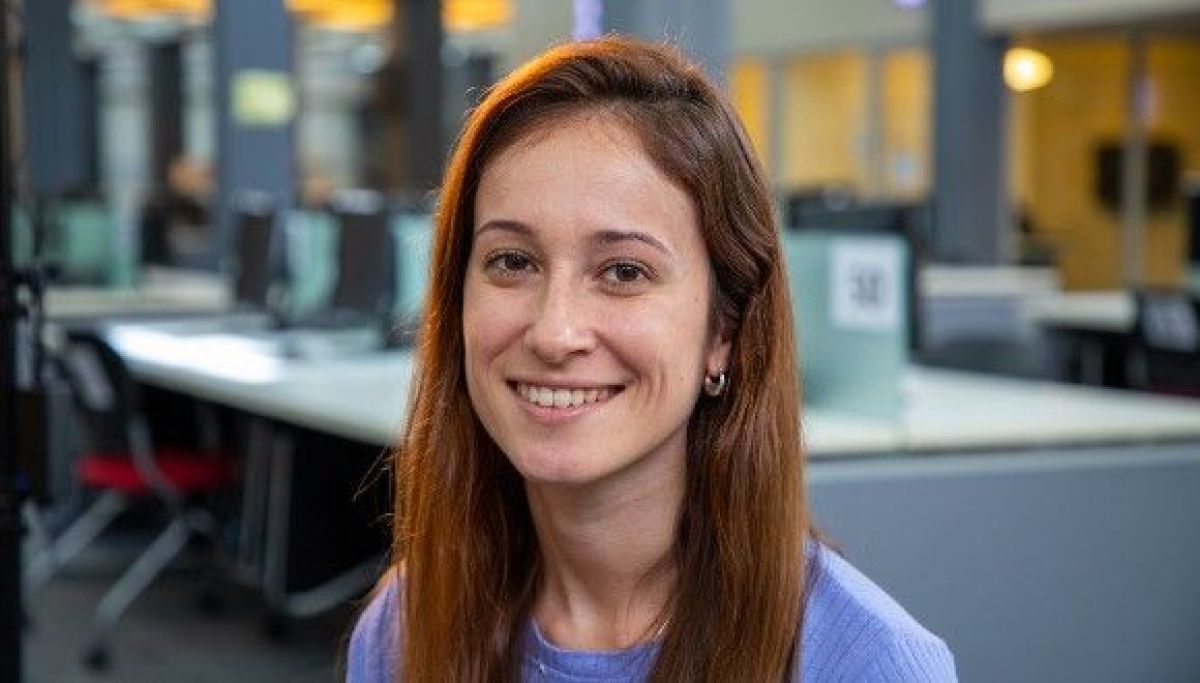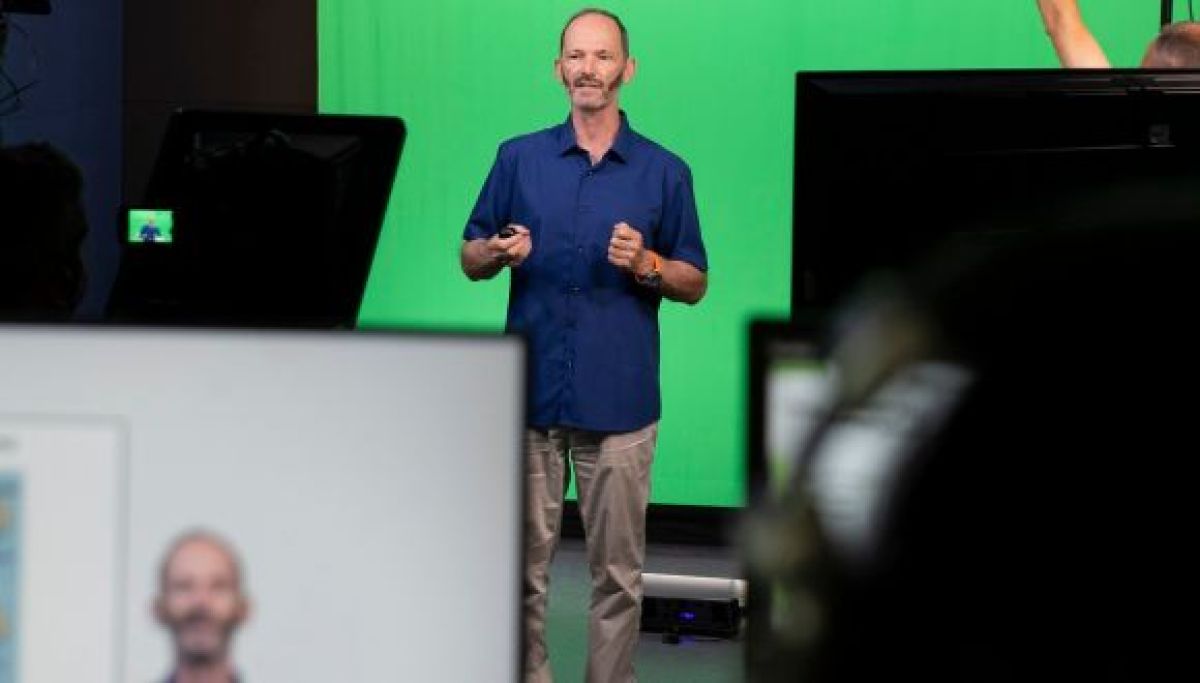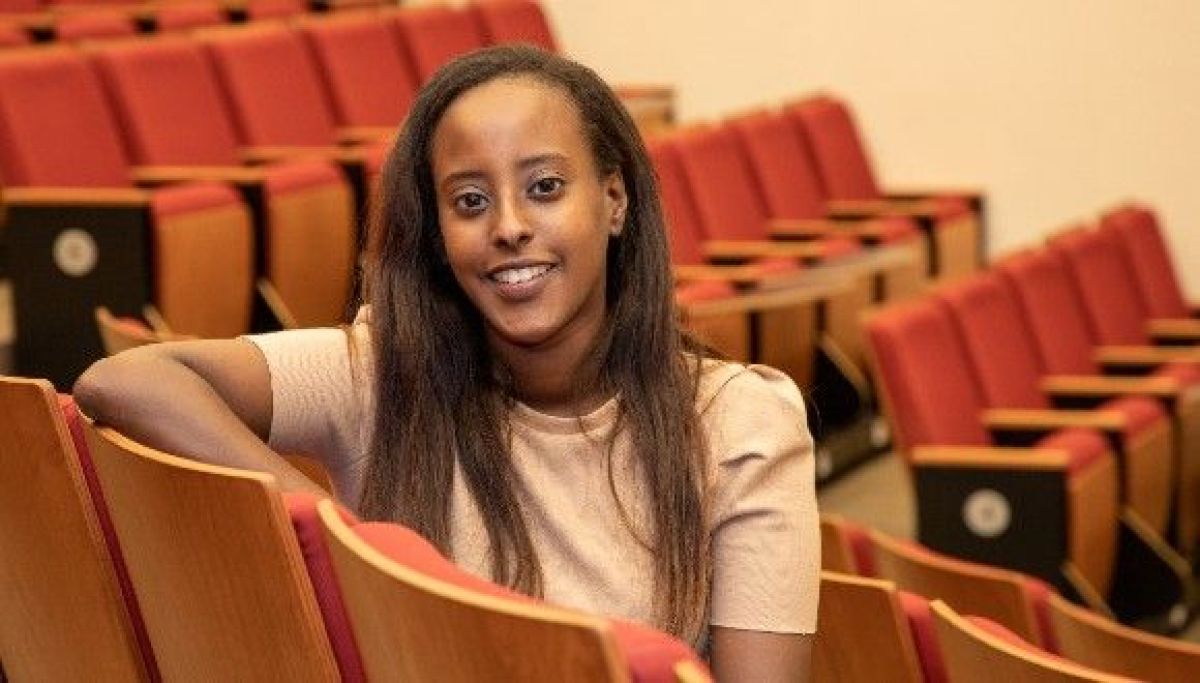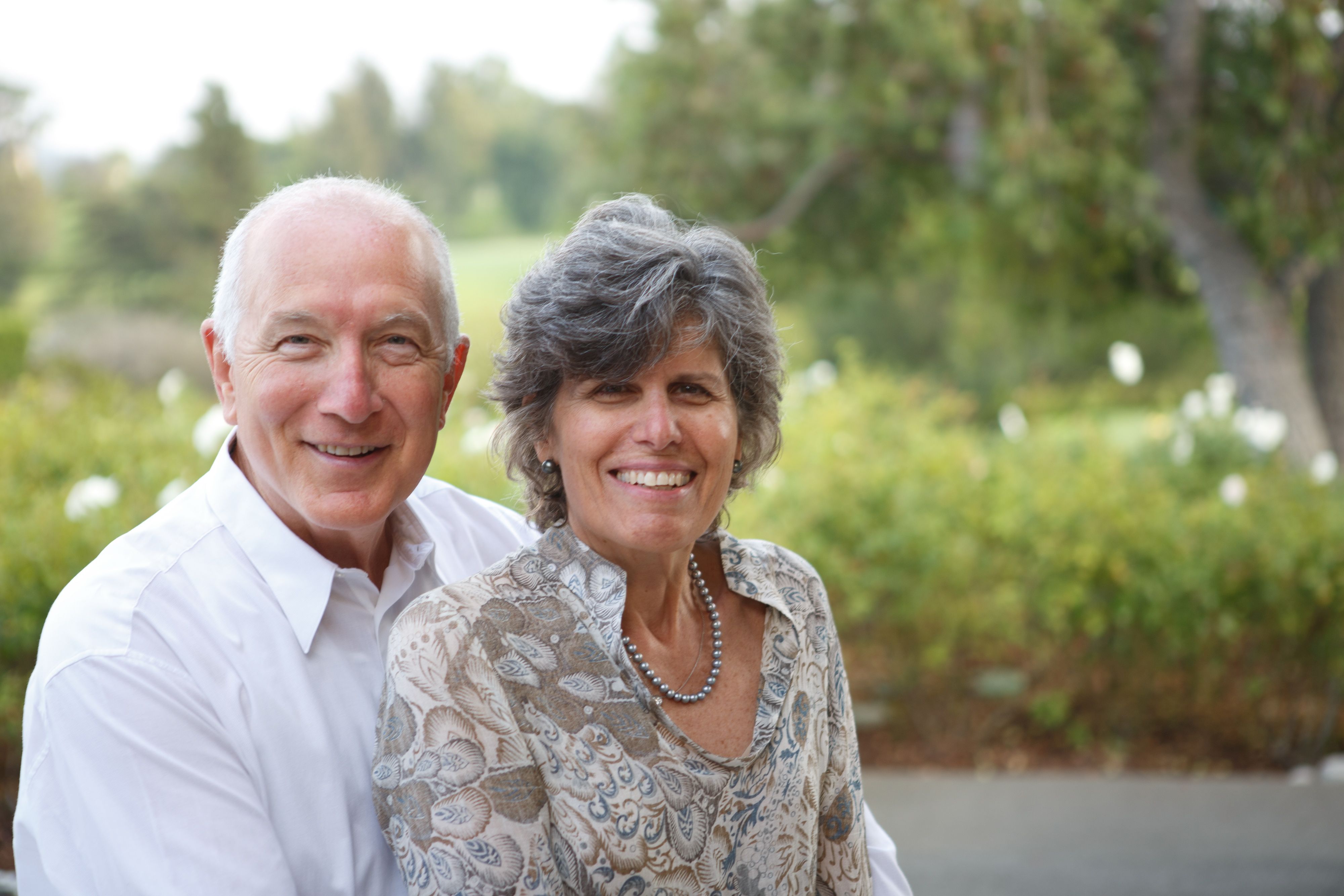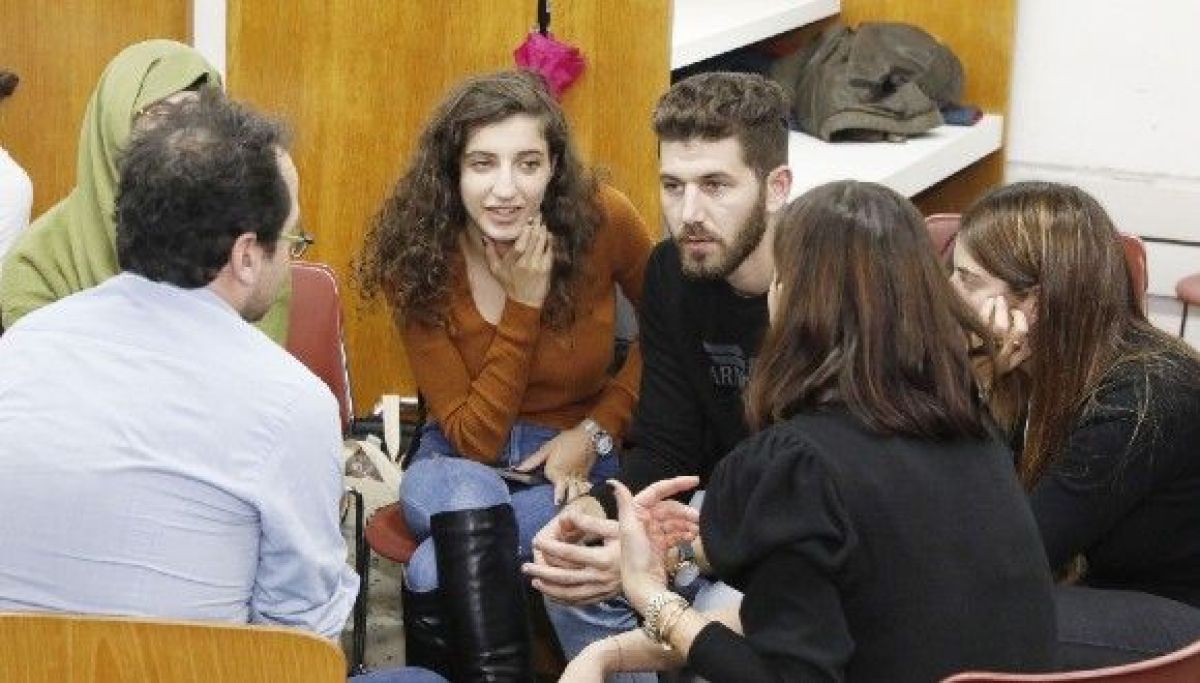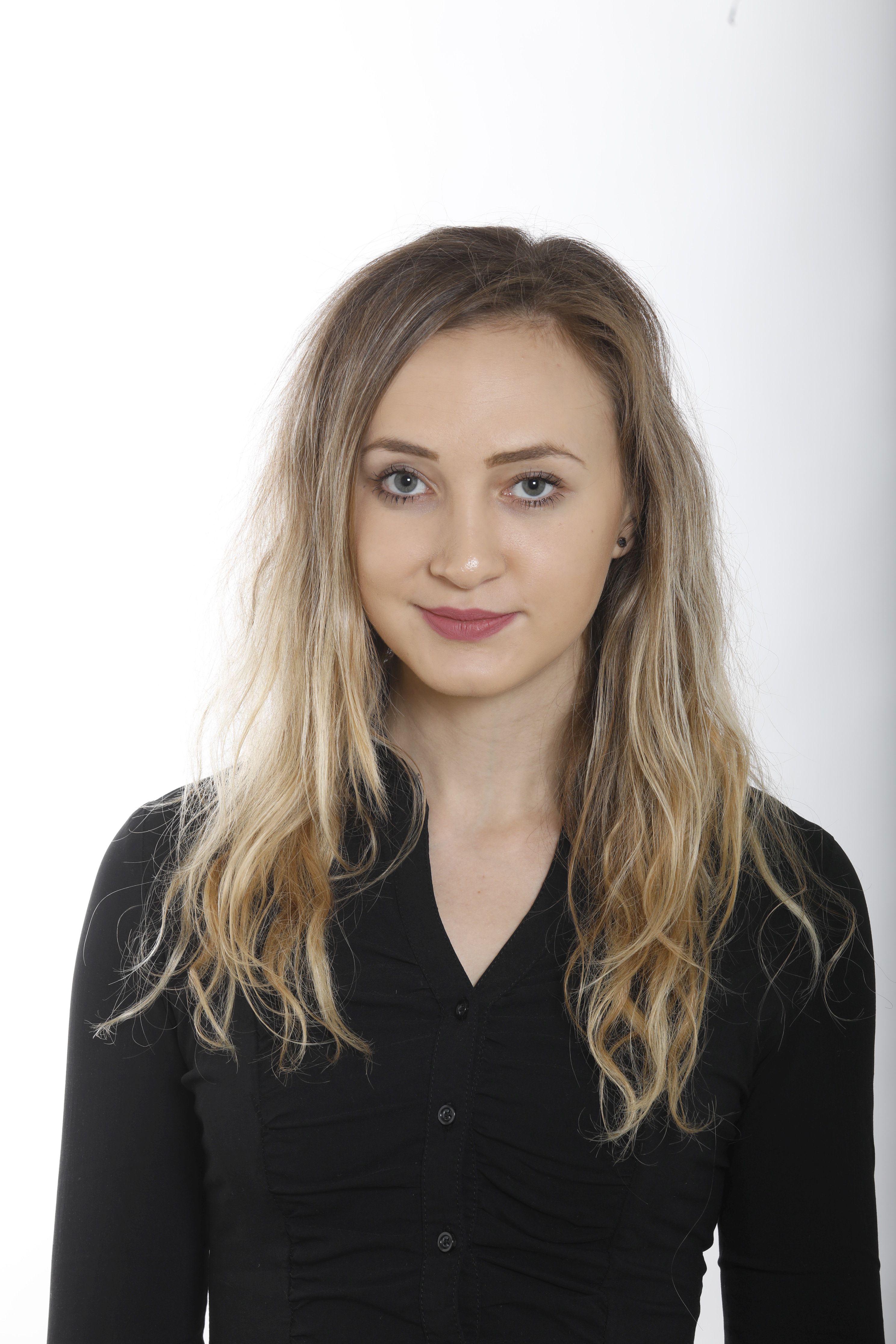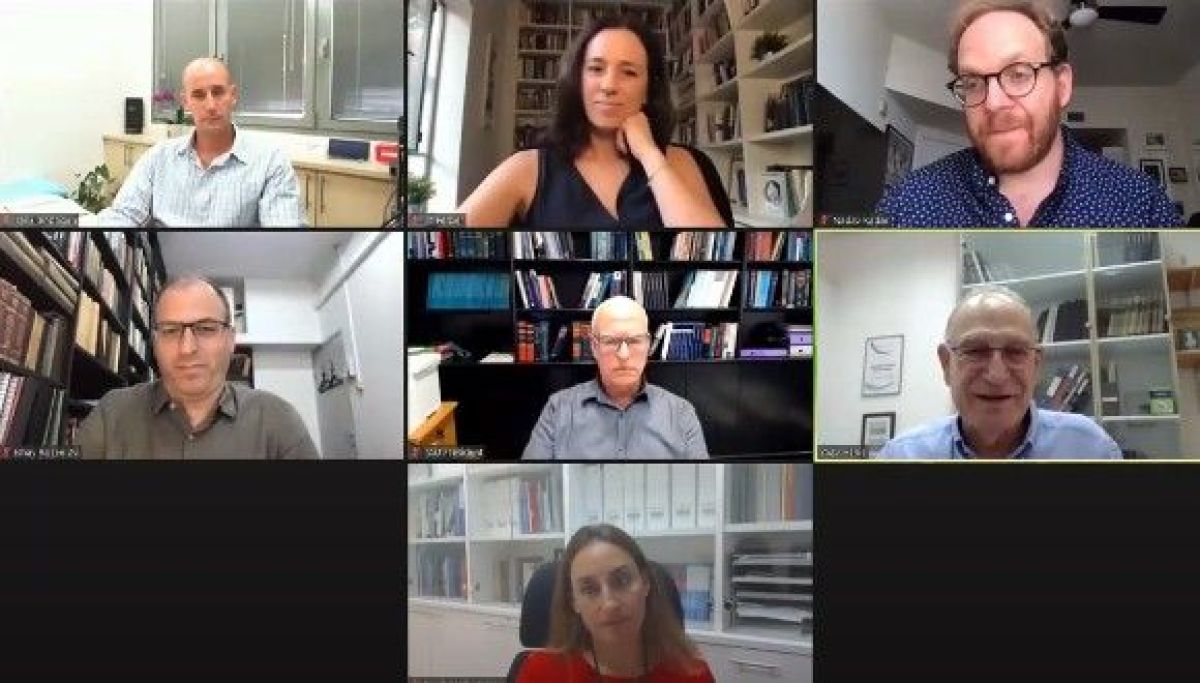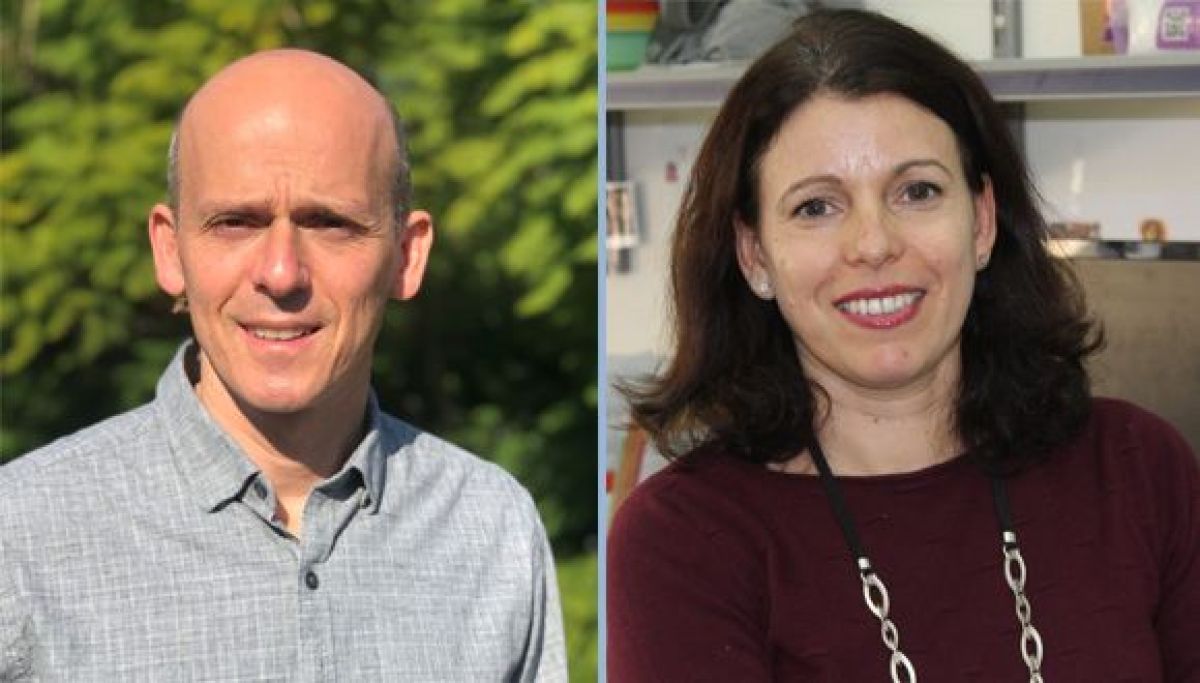By Idit Nirel
When COVID-19 broke in Israel in mid-March and the country shut down, Tel Aviv University (TAU) decided to continue teaching all courses online—almost overnight.
While many professors and students struggled to adapt, Prof. Guy Mundlak was ready.
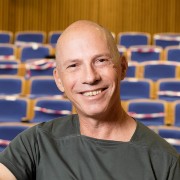
Prof. Guy Mundlak. Photo: Yoram Reshef.
Mundlak, who teaches both at the Buchmann Faculty of Law and the Department of Labor Studies of the Gordon Faculty of Social Sciences, made the change to online teaching 4 years ago. One of his courses, “Labor Law,” is a hybrid course; students study theoretical materials on their own through online videos of lectures, and the in-person sessions are dedicated to discussions and analyzing the latest case studies. Mundlak’s motivation to go digital preceded COVID-19 and stemmed from a different reason:
“Teaching this course for over 20 years, I couldn’t reinvent the wheel and find new ways to teach the same material every time,” he says. Making the course digital refreshed it.
Mundlak sees online learning not as a constraint, but as an opportunity: “The format allows students to learn the general concepts at their own pace, and I can focus my classroom lessons on what interests us here and now, without worrying if I’ve covered all of the material in time for the exam,” he explains. “This approach leaves me more room for spontaneity, for dealing with matters of the hour, and for diving deep into topics with the students. As a result, I don’t just lecture to my students; I engage and involve them in issues that touch their everyday lives—which is the best way to learn.”
With the pandemic and lockdown crushing the economy, Mundlak’s course became especially relevant to his students in the spring of 2020. He dedicated his classes—taught via Zoom—to employment issues that emerged during the Corona pandemic, such as the ramifications of layoffs and furloughs. Because most of his students had been working as waiters or in other hourly jobs to finance their studies, these subjects were not just academic theory, but reality, for many of them.
Coronavirus Pushes Learning Online
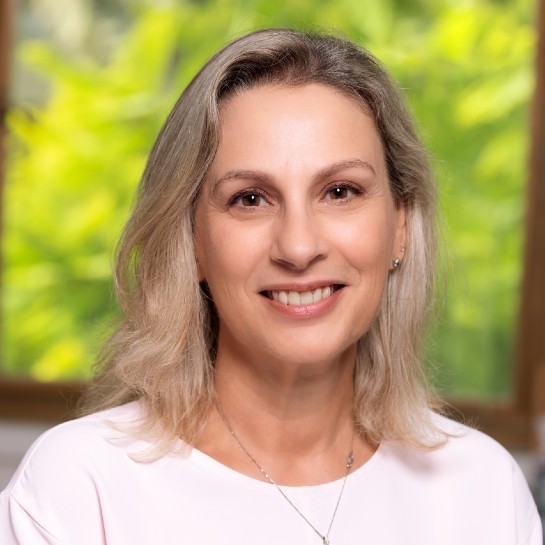
Dr. Tal Soffer. Photo: Yoram Reshef.
Providing Prof. Mundlak with digital tools for online teaching was Dr. Tal Soffer, Director of Virtual TAU, the unit responsible for enhancing the University’s digital teaching capacity and resources. According to her, “online courses or integrating digital methods into other courses allow for learning that is customized to students’ needs.” At the same time, “online learning can provide students with skills for lifelong learning, which are crucial for success in today’s labor market—such as time management and the ability to learn independently.”
As Coronavirus spread in Israel and lockdown appeared imminent, Soffer and her team were already working around the clock to facilitate the shift to online studies. It was a success. More than 90,000 live online lessons took place over the spring semester, in addition to thousands of lessons recorded for independent study. All in all, online learning during the lockdown accounted for more than 50,000 hours and 10 Terabits in digital volume.

TAU student Michal Ferenz. Photo: Yoram Reshef.
Soffer and her team set up a technical support hotline for online learning; they received as many as 700 calls per day. In addition to assisting professors in overcoming the technicalities of online teaching, the team also created more than 50 video guides showing lecturers how to use online learning tools to make lessons more engaging.
The team also conducted large-scale surveys among 7,000 students and 750 faculty members. They found that a vast majority of students wanted to incorporate online learning into their studies in the future.
Like other universities around the world, TAU also faced the new challenge of conducting online exams and evaluations. Spring semester exams were conducted from home with supervisors overseeing students through Zoom.
During the 2020-2021 academic year, TAU is introducing a pilot computerized authentication system for online exams. The new technology will secure online exams by verifying students’ identity and monitoring their presence and activities during the exam. Although this is a big step forward, Soffer is aware that in the long run adopting more of these technologies may be intrusive. Instead of relying on anti-cheating applications, Soffer says, the University should also encourage alternative evaluation methods, such as essays and group projects.
“The Corona crisis profoundly disrupted higher education and forced it to make the transition to the digital world—and, in a way, I believe this is exactly the kind of disruption that was needed. The question is, how do we move forward from here?” Soffer says.
Innovating on all Levels
“Universities all around the world understood a long time ago that they have to transform learning and to enhance their online and digital tools,” says Yuval Shreibman, Director of TAU Online – Innovative Learning Center. The Center started producing online courses long before Corona to make academia more accessible through technology.
“COVID-19 caused us to leap forward and address problems that we could previously overlook. At the same time, it shows us that we need to make complementary classroom learning more active and engaging.”
Given the volatile reality and constantly changing regulations, TAU prepared for all possible scenarios for the new academic year. While it intended to offer first-year students the option to physically attend classes, studies were conducted online for the duration of the first semester. In response, Virtual TAU has launched an unprecedented effort to arm lecturers with versatile presentation tools and introduce additional courses that are fully online.
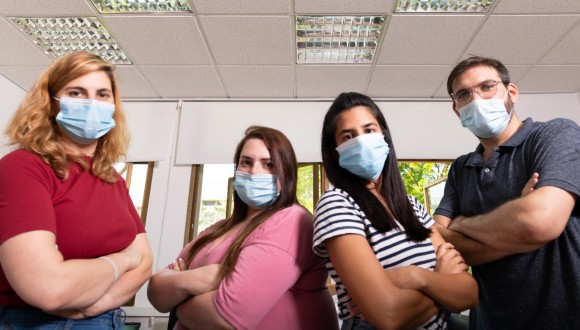
Virtual TAU Team. Photo: Yoram Reshef.
Admissions to the University are also going online, with a new admissions track based on participation and success in specific online courses chosen by each faculty. The new track is currently intended for candidates who, because of COVID-19, could not take standardized university admissions tests. Yet, it also provides greater access to the University for young Israelis from disadvantaged backgrounds or outlying communities, who otherwise might not be able to study at TAU.
In the fall of 2021, TAU plans to launch a new fully online international MBA program, the first of its kind to be offered by an Israeli university. It will combine video courses that students will watch independently, with personal guidance from teaching staff, online study forums and projects. Based on the same high entrance requirements as the regular MBA programs at TAU’s Coller School of Management—recently ranked as the 13th school in the world for producing VC-backed entrepreneurs—the program is expected to attract ambitious students from across the globe.
COVID-19 underlined the importance of online learning at TAU so much that President Ariel Porat created a new position to oversee educational innovation; Prof. Liat Kishon-Rabin became Dean of Innovation in Learning and Teaching in July. “TAU has always prided itself as a leader in educational innovation, but the Corona pandemic has highlighted the need to focus on this field even more,” says Prof. Porat. “I trust that Prof. Kishon-Rabin will build on our existing achievements and lead us through the post-Corona era with vision and success.”
Read about Minducate, an innovation and learning center at TAU.
Providing Critical Support during Online Learning
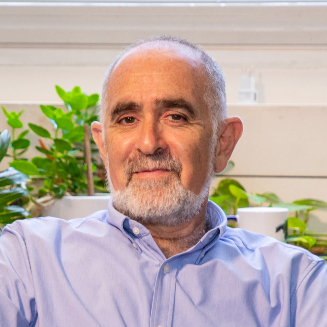
Alberto Meschiany. Photo: Moshe Bedarshi.
Despite the positive insights gleaned about online learning, TAU must take into account students who struggled with remote learning as it prepares for a new academic year in the shadow of COVID-19. Alberto Meschiany, Head of the Psychological Services Unit at TAU’s Student Services Division, says that at the beginning of the crisis, his unit experienced a 15% rise in requests for psychological support.
“For many students, the anxiety resulting from the pandemic itself and its economic implications was coupled with the stress of having to study and take exams from home,” he says. “For students who live in the dorms or come from lower socio-economic levels this was exceptionally difficult. Many of them don’t have a quiet place to study. Some live in remote towns that don’t have the Internet network to support continuous online studies.”
Yet, according to Meschiany, it isn’t only the logistical and technological barriers that made the shift to online learning difficult for many TAU students. “Distance from other students can create feelings of alienation and loneliness. All the technology in the world cannot replace the support that students get from their peers,” he says. “In addition, the lack of a personal lecturer-student relationship has a negative effect on academic development. The ability to knock on a lecturer’s door and ask a question or discuss a topic spontaneously is lost with online learning.”
Meschiany believes that as the University adopts more online learning methods, it should make an effort to tailor them to accommodate students with various difficulties. “They will need our active help,” he says.
The Student Viewpoint
Looking back at lessons learned from the “first wave” of online learning, there is no question that TAU can learn the most from its students. Jonathan Berkheim, a master’s student in chemistry and spokesperson for TAU’s Student Union when the pandemic started, experienced the lockdown and its aftermath from several perspectives.
As a senior member of the Student Union, he fielded numerous calls from students who struggled to study within the new framework. Even students who fared well felt shortchanged, according to Berkheim. “The social interaction, class discussions and campus life are crucial parts of the package that students expect from university studies.”

Jonathan Berkheim. Photo: Moshe Bedarshi.
At the same time, Berkheim says that the unusual circumstances broke traditional, hierarchical barriers between students and professors. They found themselves communicating directly on WhatsApp groups, saw each other’s homes during Zoom sessions, and shared similar experiences of life during the lockdown. “I hope that the University will embrace this new paradigm for student-professor relations in the future.”
In addition, as a teaching assistant, he experienced distance learning from the other side of the virtual podium: “Something gets lost in translation. Students get distracted more easily. It was hard for me to know if they really understood what I was teaching.”
Finally, as a student himself, he found that watching recorded lessons at his own pace was convenient. “Face-to-face learning in the classroom is crucial, but combining it with independent online studies will have great benefits for students,” Berkheim concludes.
Among TAU students studying remotely are also hundreds of international students from over 100 countries, who are enrolled in over 60 English-led academic programs offered by TAU International. In the midst of the crisis, TAU International launched an online summer course, titled: “COVID-19: From Crisis to Opportunity,” which attracted more than 80 participants from Asia, South America, North America and Europe.
Read about how TAU Impact, the University’s flagship community service program, adapted to the pandemic.
As TAU heads toward another academic year, it is clear that life with COVID-19 has become the new normal. All players involved in online learning understand that TAU must embrace the advantages moving forward.
“Until recently, when I was presenting my own field of research—which deals with future trends in the labor market and predicts that people would increasingly shift to working from home—people would tell me that it sounds too futuristic,” says Prof. Mundlak. “Now it is has become a reality. The future is here.”
Featured image: TAU Life Sciences Prof. Nir Ohad films a remote lecture at the TAU Online studio. Photo: Yoram Reshef.
